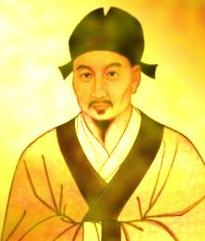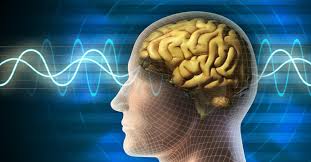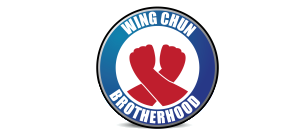“Wise men don’t judge – they seek to understand.” –Wei Wu We
The Wing Chun Brotherhood is many things; a vision, a set of principles, a movement, camaraderie, a journey of introspection, and more. The idea was borne from the collaboration between a scrappy street fighter from Boston and an expat from the UK. From its inception its fundamental precept was that despite arbitrary barriers constructed from an ideology (lineages, schools/gyms, systems, etc), there was a fundamental connection between martial artists to help and support one another; a “Brotherhood”. With this idea, the “Wing Chun Brotherhood” was born.
“Our prime purpose in this life is to help others. And if you can’t help them, at least don’t hurt them.” ― Dalai Lama
There were a few false-starts in trying to build up the project with one of the founders parting after encountering resistance to collaboration from the Wing Chun community, and the other founder repatriating when life matters called him home. However each step backward was coupled with many steps forward. There was a persistent interest in the vision and mission of the project, as modest as that interest was at the time. But the biggest challenge was, and still is, the meaning of “Brotherhood”.
“For a tree to grow tall, it must grow tough roots among the rocks” – Friedrich Nietzsche
In the context of this project, the idea of “Brotherhood”, though evolving, is a whole which becomes meaningless if you pick through and choose which of its attributes to express. Brotherhood is not just a social club but an alliance with bonds that are only strong in unity. Its constituents are at their strongest when working together, and are at its most vulnerable to the threat of individualism. Brotherhood is also the product of a journey one follows when seeking to find themselves and the awareness that results from the reflection of the journey and the consideration for everyone who helped in navigating that path of introspection.
“Let go, or be dragged.” Zen Proverb
One’s journey is as unique as one’s fingerprints. On our journey we cross paths with people on their own path and often create attachment to those who travel alongside us. As unique as our paths may be this doesn’t mean the challenges are unfamiliar to or resolutions are unknown to others. We accumulate knowledge from our journey but often become overly attached to our way to the point where we can’t distinguish ourselves from our path and cannot see ourselves in those who’ve traveled a similar path. Too often this difference leads to conflict, and only when we put our ego aside does someone transcend from acquaintance to Brotherhood.
“The true mark of maturity is when someone hurts you, and you try to understand their situation instead of hurting them back.” Ryron Gracie
Conflict is inevitable and as important a tool for development as any other experience. But conflict without openness for reconciliation is simply destruction or war. Conflict teaches us that our first battle is with others, but the second battle is with our ego. Only when we can control our ego are we able to control the outcome of conflict. The ability to walk away from conflict, and the ability to avoid escalating to violence, takes more courage, strength, and skill than any physical conflict. Only when you can engage in conflict as adversaries, learn from the conflict, and return with your adversary as brothers will you truly understand the meaning of Brotherhood.
“Do not let the behavior of others destroy your inner peace.” ― Dalai Lama
Most importantly, one must not abandon one’s principles when challenged. The idea of “Brotherhood” is just not a label worn on a shirt or kept in the pocket as a challenge coin. Labels are useless without action, and it’s one’s behavior, not voice, that speaks of one’s character. Some have an encyclopedic knowledge of martial arts phrases and axioms; “Wu De” / “Mo Duk” / 武 德, the Jo Fen / 祖訓, “Iron Sharpens Iron”, etc. What good is this knowledge when it’s not practiced? How does one “sharpen iron” when the option to fight is chosen over the opportunity to help one you consider a brother triumph over adversity? How does one lay claim to “Wu De” while allowing pride to ascend over humility? The guiding principles of “Mo Duk” are to bring harmony to the mind; balancing emotion and wisdom, and to promote virtues such as humility, trust, and respect. These are all attributes that are fundamental to the mission of the Wing Chun Brotherhood, and are attributes that are attracted by supporters who promote them.
“Old friends pass away, new friends appear. It is just like the days. An old day passes, a new day arrives. The important thing is to make it meaningful: a meaningful friend – or a meaningful day.” ― Dalai Lama
By any measure, the Wing Chun Brotherhood project is considered a success. The project surfaces what is good in people. Wing Chun practitioners from numerous lineages (within and beyond those of Ip Man’s students) around the world have sought out and participated in our events because they witness, endorse, and promote the principles behind the mission. Lastly, the Wing Chun Brotherhood exists without the need of a name, without the need for social media, and without the need of a leader that organizes gatherings. The Wing Chun Brotherhood already exists in everyone who supports its principles. This project merely helps those to identify it within themselves.
“If you realize you have enough, you are truly rich.” ― Lao Tzu
It’s about the journey.





